Balance Training For Longterm Health
When the word balance is brought up, people often think of very difficult or complex physical tasks such as what this guy is doing in the photo above. This isn’t entirely the case though. From the moment you wake up to the moment you lay in bed to go to sleep, you are constantly doing tasks that require some degree of balance.
Even some of the most basic tasks in your daily life require balance in one way or another. For example, walking up and down the stairs requires a certain degree of balance whether you realize it or not.
What Causes Poor Balance?
As people get older, their desire to participate in physical activities on a regular basis may progressively decline. This lack of physical activity may lead to decreases in muscular strength, which then may also lead to increased risks of muscle atrophy (loss of total muscle mass). Through poor muscular strength often comes declines in other areas of physical health such as skills associated with balance and stability.
For instance, significant muscle atrophy can negatively impact your daily life in a number of ways such as how long you can handle a given task without experiencing noticeable pain or fatigue. All of the excessive pain and muscular fatigue due to your body weakening over time may increase risks of falling as you age.
The good news though, is that there are ways to easily improve these poor walking patterns and prevent muscle atrophy, which will significantly help in minimizing risks of falling. One of the most effective strategies one can utilize for increasing/maintaining adequate balance control is through the combination of balance training and strength training.
Why Does Strength Training Improve Balance?
Doing workouts that include various types of core strengthening exercises can make all the difference in the world for maintaining good balance as you age. When specifically looking at improving or maintaining balance, the primary muscles of your core to focus on are the internal and external obliques. Without these muscles working properly, your risks of falling in certain circumstances may significantly increase.
For instance, when you are hiking on a trail that isn’t flat and has large loose rocks all over it, it is inevitable that you will eventually trip over one of those loose rocks. When you trip over a rock, you need enough core stability and strength to compensate for the weight of your body falling in a given direction so that you can regain your balance and not actually fall to the ground.
Basically, strength training is a must if you want to maintain your balance as you age.
How Do You Combine Balance Training With Strength Training?
For individuals who are looking to improve their balance for more general or non-specific reasons, the training techniques utilized typically focus primarily on improving core stability. This is often done by executing basic strength training exercises while standing on an unstable surface.
As an example, instead of performing a set of body weight squats on a flat/stable surface, you can do them while standing on a bosu ball. This unstable surface forces you to use your core muscles to stabilize your upper body while squatting in order to prevent you from losing your balance and falling off of the bosu ball.
Additional exercises for balance training might involve executing strength exercises such as squats while holding a heavy dumbbell in only one hand. This creates an uneven balance of your body weight, which naturally forces your body to want to start falling in the direction of whichever side the weight is being held on.
In order to properly execute this type of exercise, the core muscles on the opposite side of the dumbbell must be strong enough to compensate for this unequal weight distribution so that your body can remain tall and upright the entire time.
You don’t even necessarily need to always include these types of exercises into your workout routine every single time you go to the gym. Just simply executing them once or twice a week is enough to make a massive difference in your core stability and overall balance control.
Final Words
Always remember this: no matter what your current age is, it is never too late (or too soon!) to start working on your balance because of its injury prevention benefits. Injury prevention must always take priority in any exercise program.
In other words: Don’t wait until that major fall or poor balance related injury to get started!!

